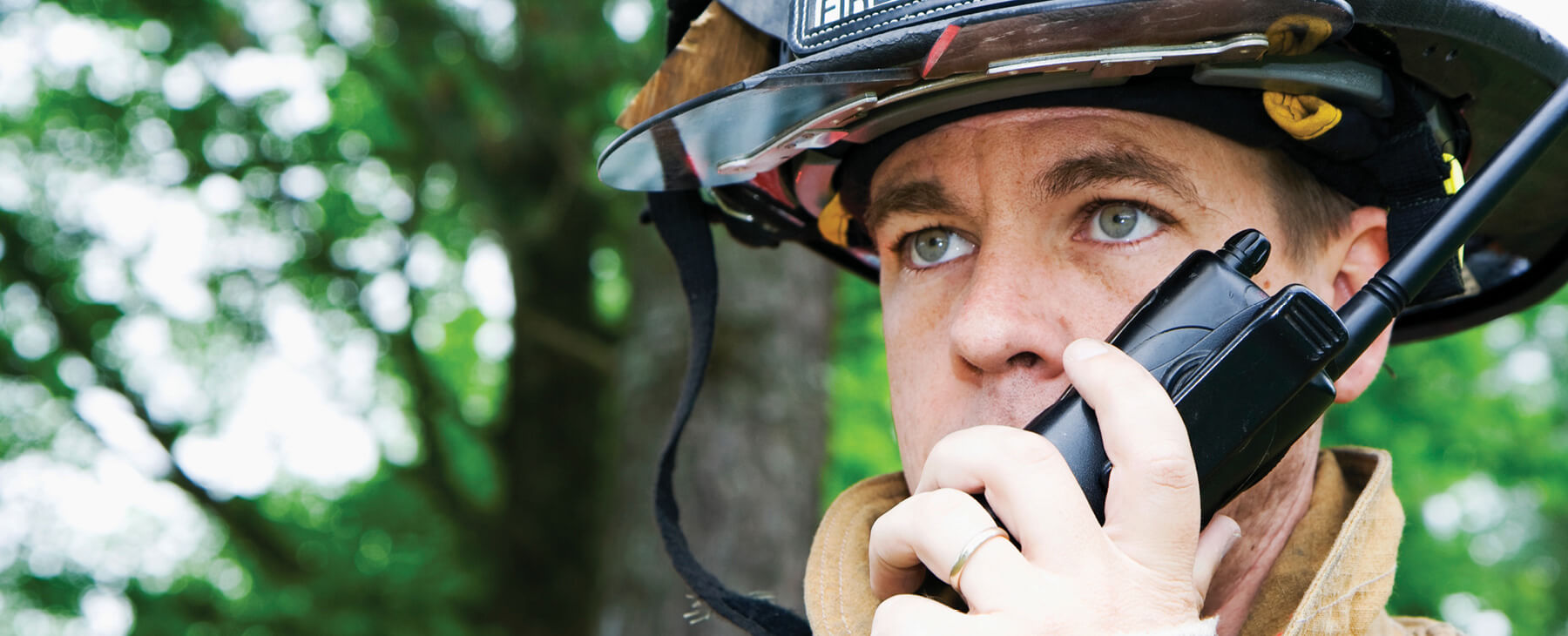BDA/DAS Enhanced Wireless Systems
When first responders are called to a building fire, one of their most critical needs is reliable communication. In 2017, the International Association of Fire Chiefs Survey reported that 98.5 percent of first responders reported dead spots in buildings. Fifty-six percent of those surveyed experienced in-building communications failure in emergencies and 31 percent experienced communication failure. ERRCS with BDA and DAS ensure communication, improving response times, coordination, and overall safety during emergency situations.
Emergency Responder Radio Communication Systems (ERRCS)
ERRCS and ERCES (Emergency Responder Communication Enhancement Systems) are specialized in-building emergency communication systems designed to ensure reliable radio coverage for first responders, such as firefighters, police, and emergency medical personnel. These systems enhance and extend radio signal strength within structures where radio frequencies might otherwise be weak or blocked, such as in stairwells, basements, or large concrete buildings. ERRCS typically include components like bi-directional amplifiers (BDAs), antennas, and cabling to receive, boost, and retransmit public safety radio signals throughout a facility.
Bi-Directional Amplifier (BDA)
Public safety BDA systems receive and amplify transmissions from two-way radios inside a building to the repeater antenna outside. This ensures reliable two-way communication even when dealing with obstructions that can reduce signal strength, such as concrete, metal, building materials, etc. By eliminating “dead zones,” the coverage range is extended and first responders can communicate effectively.
Distributed Antenna System (DAS)
A DAS has three components: unequal power dividers and splitters, coaxial cable and mounted antennas. Design is important for a DAS system as it creates the pathway for the radio signal to travel from the BDA to the antenna nodes spread throughout the space. DAS can be distributed indoors or outdoors as needed.
Talk to The Hiller Companies about your ERRCS, BDA and DAS needs. Fill out for the form below or view our locations to select the best office to serve you.
Are BDA/DAS Systems Required?
In general, BDA systems are required by most jurisdictions for buildings that have one floor below grade or two floors above. Many jurisdictions further require retrofits of older buildings that fall under those conditions. While the International Code Council (ICC) and the National Fire Protection Association (NFPA) have requirements for first-responder radio coverage, these codes are enforced by local jurisdictions, so it is important to check with your local AHJs to ensure you are compliant. The codes are designed to ensure reliable communications for firefighters, police, EMTs or any other emergency responder from within any structure.
After initial installation, property owners must show proof of re-certification as guided by 510.6.1 of the ICC code, “Testing and proof of compliance,” and NFPA 1221 11.13.9, “Test and Inspection of In-Building Two-Way Radio Enhancement Systems.”
Testing
The ICC and NFPA require all emergency coverage radio systems receive inspection on an annual basis. Further, when additions are constructed or structural changes are made to buildings that could alter the performance of BDA/DAS systems, an inspection is required to ensure signal changes have not been compromised.
Our Services
- Design
- Retrofit
- Installation
- Testing
- Inspection
- Certification
Applications
- Schools
- Hospitals
- Hospitality
- Stadiums
- Convention Centers
